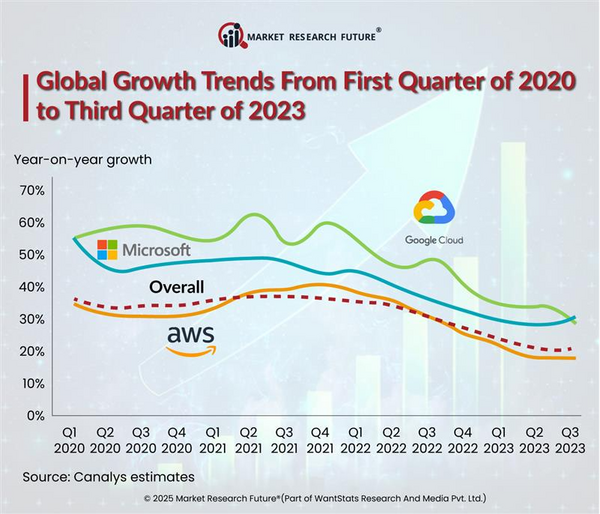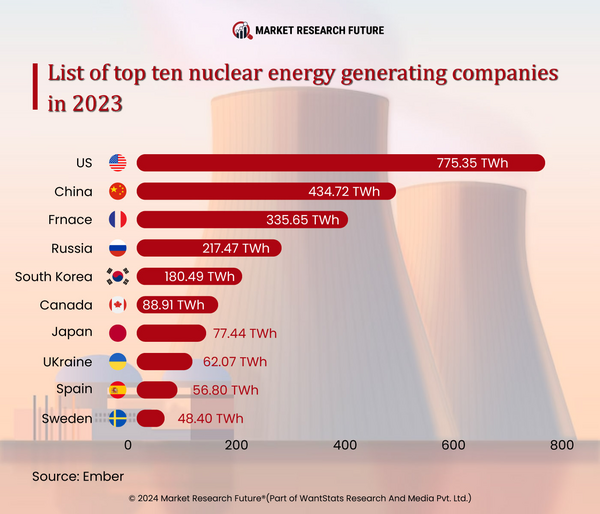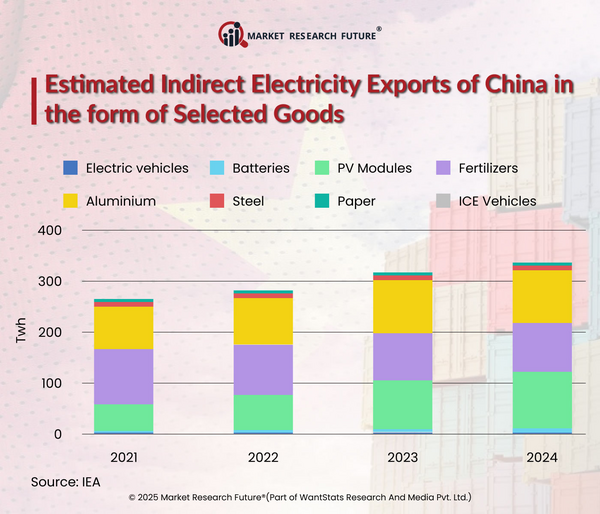
Australia Plans for Nuclear Energy Set Up but Confused over Productivity
By Shubhendra Anand , 26 November, 2024
The world seems to be transforming, with nations taking necessary actions related to energy transformation in 2024. The developing and developed economies are ready to invest in producing low-carbon emission-based fuels. Hence, the demand for renewable energy sources is growing daily. Electricity is the primary power hub in advancing societies and electric vehicles, and data centers play remarkable roles. Thus, renewables like wind and solar energy are gaining momentum in producing clean electricity. However, generating electricity from wind and solar for consistent supply is difficult. Therefore, countries like the United States, France, and others plan to use nuclear energy for electricity generation in 2024. Recently, Australia announced its nuclear energy plans for 2024. However, as claimed by the experts, there are certain hurdles, and the Australian government faces opposition.
According to the Australian government's decision in 2024, the country looks forward to building seven government-sponsored nuclear plants. Australia plans to set up two of these seven nuclear plants from 2035 to 2037. The rest of the plants will be built in the late 2040s. However, the Australian government faces staunch opposition from its officials as the government body fails to provide an exact budget for these nuclear plants. Commonwealth Scientific and Industrial Research (CSIRO) claims that if Australia plans to adopt nuclear power in 2025, the reactor will take 15 years to produce results. CSIRO reports that USD 17 billion would take to build one nuclear reactor in Australia. Additionally, the electricity produced from these nuclear plants would cost 50 percent more than renewables, like solar and wind.
France and the United States emerged as the world leaders in the nuclear energy and supply race. France has 56 nuclear reactors that could produce 65 percent of its energy needs. The United States operates about 94 active nuclear reactors. However, it covers only 18 percent of the country's needs. Additionally, there are mixed reviews regarding nuclear energy plants in Australia. This is due to an unstable discussion over whether or not nuclear energy can lower the cost of electricity.
List of top ten nuclear energy generating companies in 2023

Latest News

The leaders in the global cloud infrastructure market, AWS and Microsoft, Azure, still dominate the sector with a market share of 31 percent and 20 percent, respectively, in 2025. While the competition is growing fiercer and cloud computing focused…

Driven by fast economic development and a rising need for electrification, India's energy consumption is expected to rise at an average annual rate of 6.3 percent from 2025 through 2027 (International Energy Agency, IEA). Mostly driven by a jump in…

Japan has made a remarkable amendment to its energy policy, indicating an increased emphasis on nuclear energy in 2025. It plans to achieve a 20% share of nuclear energy in electricity generation by 2040, a complete reversal from its post-Fukushima…

Energy Secretary Ed Miliband will visit China from March 17 to 19, 2025, to boost the United Kingdom’s (UK) renewable energy initiatives. This visit aims to revive the UK-China Energy Dialogue, excluding nuclear power, via clean and sustainable…
In 2025, the global semiconductor industry is set to boom as sales are projected to increase by 15 percent, reaching nearly USD 721 billion. This growth is prominent in both the technological region and the aiding toward the clean energy shift.
With…

Head Research
Latest News












